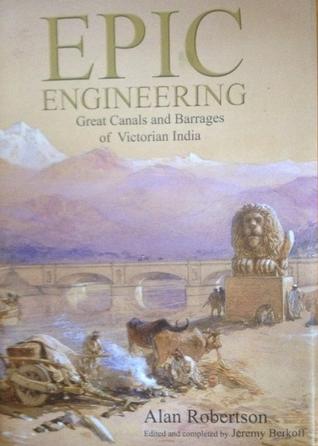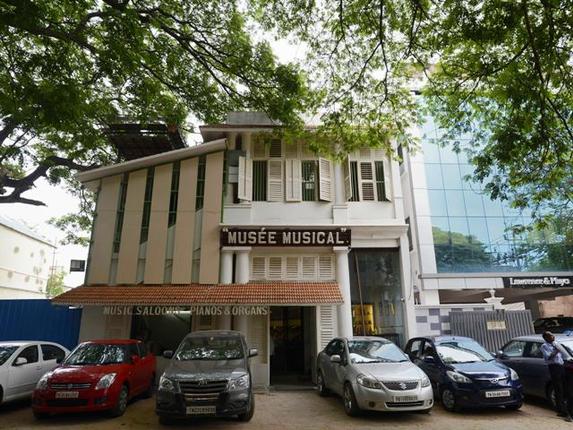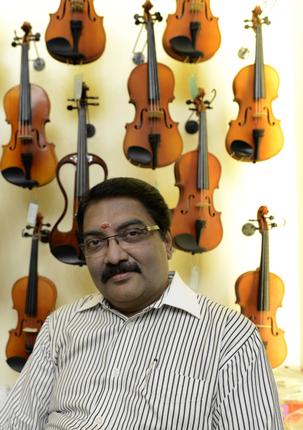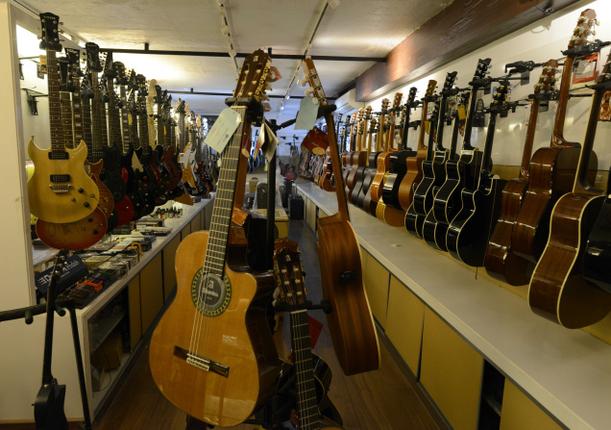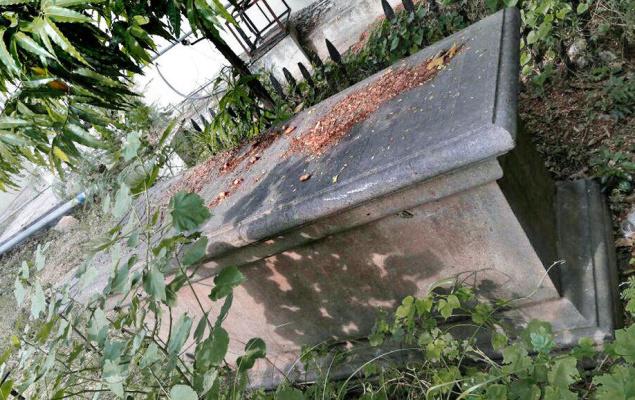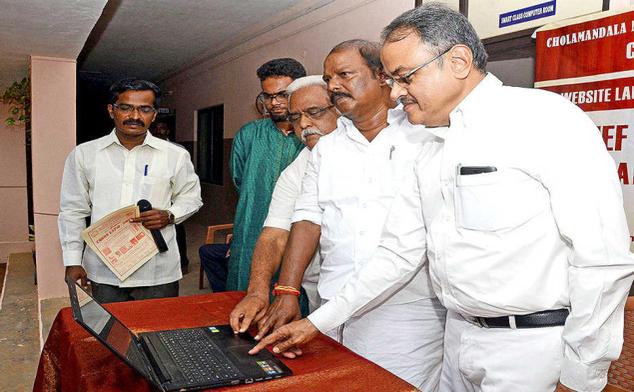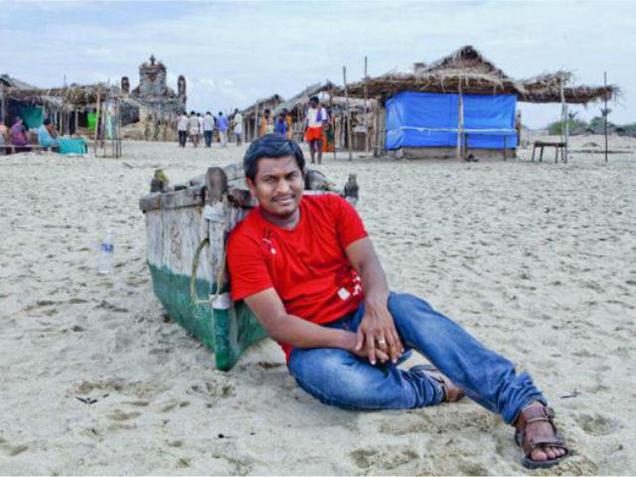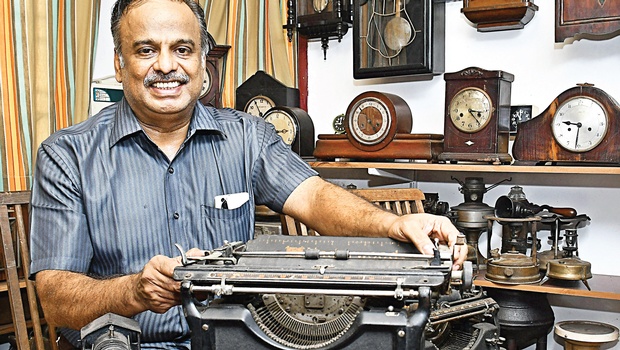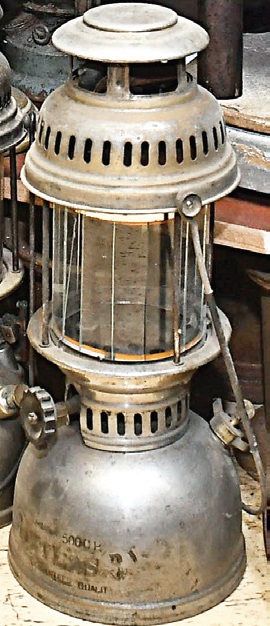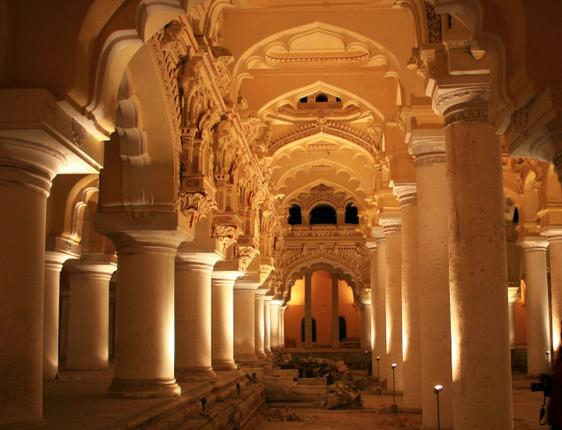
Built by an Italian architect, Madurai’s Tirumalai Naick Palace is a graceful fusion of the East and West. T. SARAVANAN investigates its past with some help from a Canadian historian, the British Library and a local archaeologist
I first notice the massive glossy columns, all linked by pointed scalloped arches. For a 17th Century Palace, Tirumalai Naick is surprisingly cosmopolitan. But then, it was built at a time when the Kingdom of Madurai had a steady stream of Portuguese, Dutch and other European visitors who came as traders and travellers. This probably explains why King Tirumalai Naick hired an Italian architect to build his palace.
Today, the impressive structure still standing is just one-fourth of the original palace, which consisted of a flurry of domes and turrets. There were arcades and open courts, all punctuated by gardens. Over the years, these were all systematically demolished or encroached upon. They also went through various phases of restoration and renovation. The British Library in London has a surprisingly comprehensive collection of old maps and documents relating to this palace, which is why Canadian Art Historian, Jennifer Howes, first headed there to piece together its past.
Howes says she was intrigued by the palace because it “serves as an architectural conduit towards the understanding of South Indian courtly architecture.” After stumbling upon a sound-and-light show during her first visit to the palace, she was determined to return as a research scholar. She finally included it in her doctoral thesis, which was later published as a book, The Courts of Pre-Colonial South India, in 2003. In it, she discusses how it is possible to reconstruct the lost and demolished part of the palace, with the help of paintings and drawings of the site available in the British Library.
I meet C. Santhalingam, retired archaeological officer and secretary of the Pandya Nadu Centre for Historical Research, to see if I can find stories the Library doesn’t tell. “Even before people encroached on the land, Chokkanatha Naick (grandson of Tirumalai Naick) brought down most of the residential building complex of the palace as part of his attempt to shift the capital to Tiruchi,” he says. He adds that Naick’s rule was an era noted for cultural and architectural brilliance. Also for the renovation of temples that had been ransacked. By synthesising Dravidian, Islamic and European styles, Tirumalai Naick evolved a unique architectural style, which this palace stands testimony to. The Italian architect created two big building complexes. One was Swarga Vilasam, the administrative block. The other was Ranga Vilasam, the residential quarters, which was completely demolished. All that remains of it today are just the 10 granite pillars. However, a portion of Swarga Vilasam, which includes the central court and the entertainment hall, is still intact. “Tiruchi was the capital of the Madurai Naicks,” says Santhalingam. He adds that since he was a staunch devotee of goddess Meenakshi, Tirumalai Naick shifted the capital from Tiruchi to Madurai, just so it would be easier for him to visit the temple everyday. “Then Chokkanatha Naick decided to move back to stop the Gingee Naicks and Thanjavur Naicks from invading Madurai… When the king vacated the palace, it became a deserted area, and people living in and around the palace found it easy to encroach and occupy the land.” He adds, “Even today, you can find mini pillars from the palace in local houses that are built around it.”
The first major renovation was carried out by Lord Napier in the 19th Century. He employed a British engineer to restore the palace to its original glory. At that time, the defaced surface of all the 248 giant pillars was given a smooth, glossy texture, with chunnambu (lime stone) and stucco plastering mixed with egg white.
While the Archaeological Survey of India has taken over the maintenance of several Jain monuments around Madurai, the majestic Tirumalai Naick Palace has been left out. The Srivilliputtur Palace, built by Tirumalai Naick in similar style for his brother Muthialu Naick, is now under the control of the ASI.
The palace even housed the composite Madurai-Ramanathapuram district court complex. The court was later shifted to a new building, and the palace was brought under the protection of the State Archaeological Department during 1970s. However, with poor funding, the department is finding it hard to maintain the Tirumalai Naick Palace. Perhaps, with more publicity, people will realise how important it is to save this unique piece of our collective past.
source: http://www.thehindu.com / The Hindu / Home> Features> Metroplus / by T. Saravanan / Chennai – July 01st, 2016
